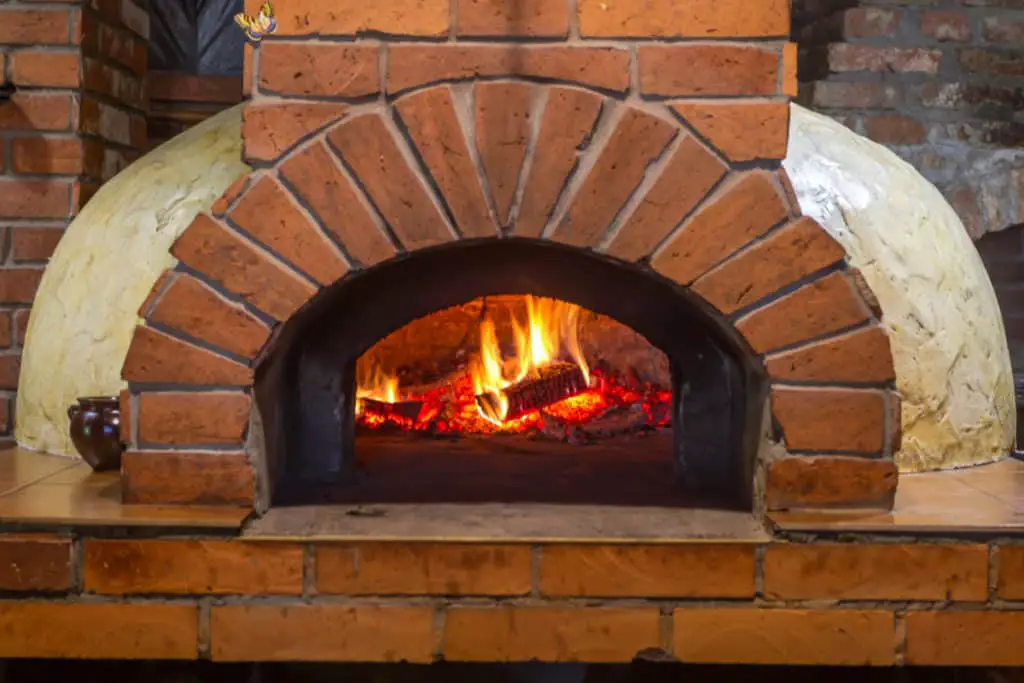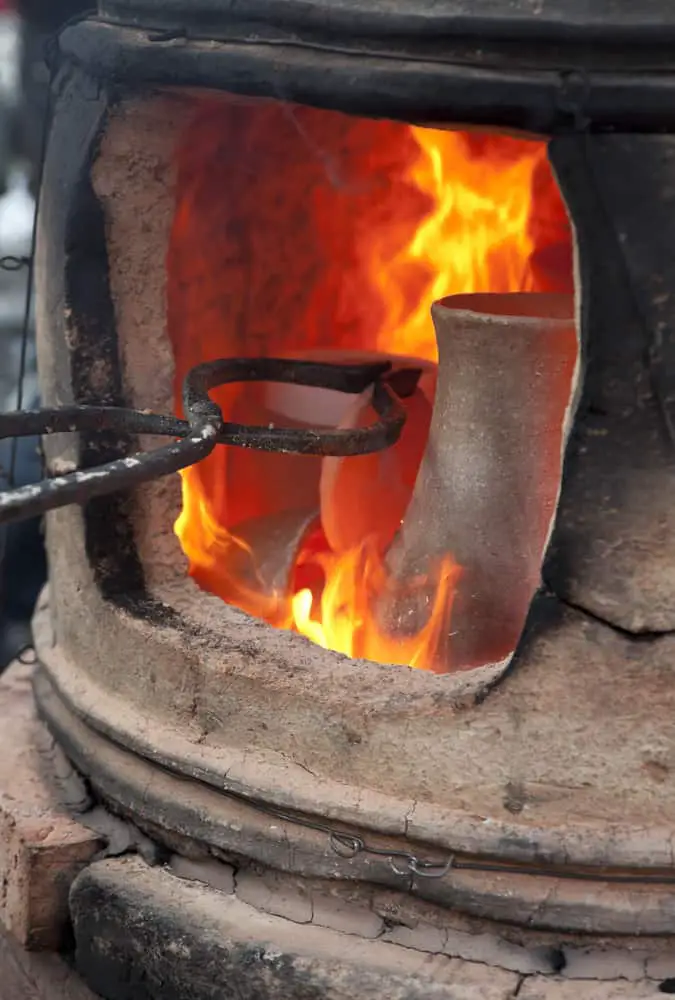If you have a pizza oven at home, chances are you have wondered what other uses it may have.
The awesome news is that it is possible to fire pottery in a pizza oven with a little extra effort. Whether your pizza oven is wood or gas-powered, there are methods of using it to create the pottery pieces of your dreams.
Pizza ovens can be used to fire pottery; however, you will need to manually maintain the appropriate temperatures or ensure you have enough gas for the entire process, which is lengthy. Consider paints and varnishes that could contaminate the pizza oven for future bakes.
Before industrial or electrical kilns were invented, we humans used fire pits and ovens similar to pizza ovens to fire our pottery. Once kilns came into being, we learned better techniques to create the best pottery possible. That is why, if you plan to fire your pottery in a pizza oven, you will need to keep these exciting tips in mind. Let’s dive into how you can fire pottery in a pizza oven.
What Is The Best Type Of Clay Firing To Do In A Pizza Oven?

The best firing type in a pizza oven is bisque or biscuit firing. The temperature needed for this technique is around 1700°F, which is almost attainable in a pizza oven since pizza ovens typically reach around 900°F. Bisque or biscuit firing is pottery that has been fired without a glaze. It is a good idea to use no glaze if you plan to use your pizza oven for baking pizza in the future, as a glaze could leave toxic residue in your oven.
A bisque product can be the result of what you are creating. Common bisque or biscuit items are terracotta and other items made with a purposefully unfinished look. It is porous, meaning it has many tiny holes. This attribute means that it can absorb water with ease, unlike other pottery like bone china and such.
When pottery is fired in a bisque manner, the chemical and physical composition is altered. The firing of a bisque item will result in a harder, more resilient piece that is still porous. If you want to continue the firing and glazing process, having your pottery in this altered state will make glazing easier.
The term “biscuit” is sometimes used for pottery that has been dried outside of a kiln and will be fired and possibly glazed in the next step of the process. Bisque pottery is typically the name given to pottery that is in the process of being fired and glazed to become its final product.
Do I Need To Optimize My Pizza Oven For Firing Pottery?
You don’t need to make any significant adaptations to your pizza oven before using it to fire pottery; however, there are a few elements to keep in mind when using one for this purpose.
Let’s look at a few of the critical aspects to consider.
- What materials were used to build your oven? For bisque firing at a maximum temperature of 1700°F, a pizza oven is a great fit. To perform a final firing, however, the temperatures of around 3000°F could damage your oven, melt part of your bricks and even burn the mortar.
- Was the oven properly cured before use? All pizza ovens need to be cured before use, whether you plan on using your oven for pizza alone or pizza and pottery. Curing a pizza oven before service will ensure that the oven does not form large cracks while you are using it. If you plan to fire pottery in your pizza oven, you must use high temperatures. This fact makes the need to cure the oven even more critical.
- Is the oven optimized for heat? Suppose your pizza oven is not reaching high enough temperatures. It may help to add a fire blanket, cladding or mortar, or another layer of brick on top of your existing oven. You may even want to remodel your oven to add more stoking ports. Optimizing your pizza oven to get hotter will benefit your pizza baking and your pottery firing.
How Long Does It Take To Fire Pottery In A Pizza Oven?
If you are firing your pottery using a bisque technique, you will need to monitor the process continually. The primary purpose of bisque firing is to dry out the items you are creating and ensure no moisture is left. To effectively dry out your pottery, bisque firing takes around twelve hours. Firing too quickly or cooling the temperature too quickly could result in cracked or broken pieces.
When temperatures in the oven rise quickly, the residual water in your pottery piece becomes steam. The steam expands as it attempts to escape the pieces, which causes cracks. In an extreme case, the pottery could even explode. Allowing the temperature to drop too quickly could also result in cracks. The clay needs time to expand and contract naturally.
To fire pottery in a pizza oven, you will need to manage the temperature of your fire for around twelve hours. This fact means giving it your undivided attention for that amount of time. Avoid drops in temperature that could result in your pieces not forming the way you would like. If your pizza oven is gas-powered, the good news is that you will not need to watch it constantly. You will, however, need to ensure enough gas to maintain the firing for the entire twelve hours.
We do not recommend attempting high-temperature firing in your pizza oven. If you wish to perform this technique, however, the process of bisque firing, cooling, glazing, and then high-temperature firing takes a few days to complete effectively.
In the case of glazing, your pottery needs to reach a specific temperature and remain at these temperatures constantly to allow the glaze to melt and adhere to your pieces. Since this technique takes days to complete, you will need to give your wood oven full-time attention for the entire duration of the process. For a gas-powered oven, ensure you have enough gas to keep your oven burning for that amount of time.
Conclusion
It is possible to fire pottery in a pizza oven. Bisque firing is the best option as it requires temperatures that pizza ovens can handle without becoming damaged. To fire pottery in a wood-burning pizza oven, you will need to ensure that you have sufficient wood to maintain the optimal temperature. You will need to manually maintain the temperature to avoid having your pieces crack or break entirely. If your pizza oven is gas-fuelled, ensure you have sufficient gas to keep the oven burning at the correct temperature for the full recommended time.
